Driving in the West means being prepared for any kind of road conditions. Depending on the time of year and where you’re going, you could experience rain, sleet, snow, and sunshine — sometimes all on the same day. Owning a set of winter and summer (performance) or all-season tires is a smart way to plan for the best and worst road conditions. But when should you switch out your tires? We have some quick advice.
Winter or snow tires use a special rubber that helps grip the road better than performance or all-season tires when temperatures drop below 40º F. That’s because that rubber compound stays flexible in freezing temperatures. Plus, the deep, wide, and jagged tread on snow tires, along with siping (small slits in the tread that provide gripping edges) helps maintain traction while channels move precipitation away from the tires. Here’s when it’s recommended that you change to winter tires:
You should get a set of winter tires because they’re designed to add safety to your winter commute and family outings. Winter tires give you more control on snow and ice when compared to all-season tires thanks to larger grooves between tread blocks, the special rubber compound, and extra siping.
Some snow tires come with studs for even more traction. This can be especially useful on ice. All-weather tires are an additional option for year-round safety and performance that blends the benefits of all-season and winter tires. Learn how to choose the right snow tires for your needs. Then shop our winter tire collection.
Learn how to choose the right snow tires for your needs. Then shop our winter tire collection.
Les Schwab Tip: You can skip the changeover fees when you have your Les Schwab winter and summer tires mounted to their own wheels.
The pros at your local Les Schwab can tell you when to get your snow/winter tires installed for the season. But generally, once nighttime and early morning seasonal temperatures consistently stay at or below 40º F, and before the first snowfall of the season, it may be time to get into Les Schwab to get your tires changed out.
Les Schwab Tip: If your winter tires have studs, your state has specific, legal dates when you can use them on your vehicle. Find your state’s information here. Also, check out the differences between studded and studless tires.
The life of a set of snow tires depends on the tire’s construction, how many miles they travel, the conditions they face, how much they are driven on bare pavement, and whether or not they are used consistently at or above temperatures of 50º F.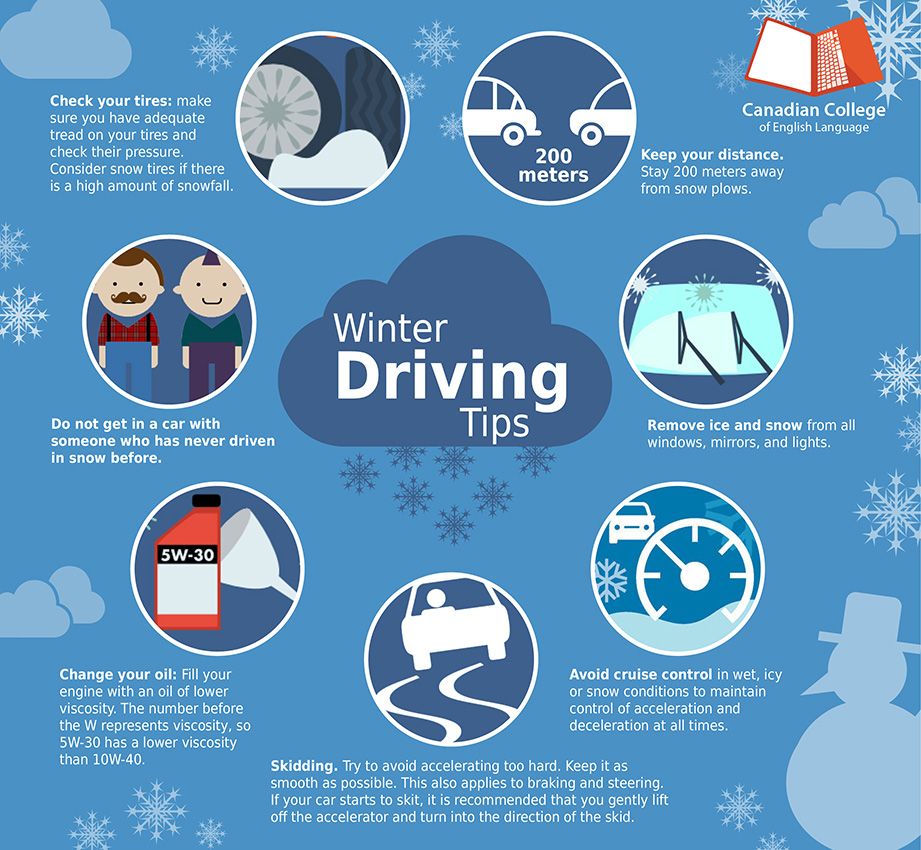
While AWD and 4x4 vehicles can help you maintain momentum in snow and ice, braking and cornering performance in these conditions relies on your tires rather than the type of vehicle. Therefore, it’s recommended, and sometimes required, that you have either winter tires or snow chains on your AWD if you’re driving in a blizzard or icy conditions.
As springtime weather warms up, it could be time to change out to your all-season or performance tires. We recommend swapping back when you do not plan to drive on snow or ice-covered roads, or as nighttime temperatures begin to consistently rise.
Switching tires in the spring is a great time to have your alignment checked. That’s because ice ruts, potholes, and rough roads, as well as impacts with curbs and other unseen winter road debris can throw off your vehicle’s alignment. The pros at your local Les Schwab can give yours a free visual inspection. If we notice any issues, we’ll suggest a more comprehensive check.
The pros at your local Les Schwab can give yours a free visual inspection. If we notice any issues, we’ll suggest a more comprehensive check.
Yes, you can use winter tires in the summer (as long as they are not studded), but it’s not a good idea for your wallet or your safety. The special rubber compound that makes them flexible in freezing temperatures will make them wear out much faster in warmer weather. Plus, the higher rolling resistance of the deeper tread means you’ll reduce your fuel efficiency (miles per gallon). And because winter tires are not designed for cornering and acceleration on hot roads, it could adversely affect the handling of your vehicle.
Learn about winter tires, as well as all-season and all-weather tires, and find the perfect options for anywhere you plan to go.
Stop by your local Les Schwab. We have answers to all your questions about changing out to winter tires, all-season tires, and all-weather tires, including a premium selection of snow tires for any vehicle type, make, or model. Plus, our tire technicians understand the requirements of your local climate and road conditions. Need a place to store your seasonal tires? Some Les Schwab stores offer tire storage.
Plus, our tire technicians understand the requirements of your local climate and road conditions. Need a place to store your seasonal tires? Some Les Schwab stores offer tire storage.
Schedule a Seasonal
Tire Changeover
If you live in an area that experiences snowy or icy conditions in the winter months, hitting the road means paying close attention to conditions and adjusting your driving accordingly. Driving slower, braking easier, and allowing more distance between vehicles are all ways to stay safe, but possibly the most important thing to is to install winter or "snow" tires.
Winter tires are specifically designed to handle the challenges of driving in the most dangerous months of the year. From their tread patterns all the way down to the chemical compounds in the tread rubber, they are built specifically to provide better grip and more control in winter conditions.
Winter tires are made with tread rubber that maintains flexibility in low temperatures. All season and summer tires are made for warm climates and designed to withstand heat generated on the road. They are not designed for freezing temperatures tend stiffen in cold climates. When a tire stiffens, it is unable to provide the optimal traction you'll need to accelerate and stop.
All season and summer tires are made for warm climates and designed to withstand heat generated on the road. They are not designed for freezing temperatures tend stiffen in cold climates. When a tire stiffens, it is unable to provide the optimal traction you'll need to accelerate and stop.
Tread patterns of winter tires are very different than all season and summer tires. They feaure deeper tread depths with increased slots and sipes. Sipes are tiny slits in the tire that act as biting edges on ice. Together, these unique tread elements allow the tire to dig deep into snow, grip harder on ice, and ultimately provide more control.
Many people refer to winter tires as "snow" tires, but it's important to note that "snow" tires aren't just for when it's snowing outside. Winter tires are simply the best when it comes to maintaining traction, accelerating, stopping, and cornering in ice, snow, and slushy conditions.
These features help winter tires maintain traction on unpredictable winter roads. The softer rubber compound helps the tire maintain grip on an otherwise slippery road, the deeper tread pattern helps dig deeper into snow, while unique tread designs help channel water and slush from under the tire. In the end, your vehicle is less prone to skids or slides with snow tires than with all-season tires - and they can help you accelerate and stop faster, too.
The softer rubber compound helps the tire maintain grip on an otherwise slippery road, the deeper tread pattern helps dig deeper into snow, while unique tread designs help channel water and slush from under the tire. In the end, your vehicle is less prone to skids or slides with snow tires than with all-season tires - and they can help you accelerate and stop faster, too.
Whether your vehicle is front or rear-wheel drive, winter tires are best applied to all wheel positions. While some drivers question the necessity of changing all four, there are good reasons why tire and vehicle makers recommend using a full set of winter tires.
For one thing, just mounting two means you lose some of the traction, stopping and cornering advantages a full set provides. No matter what kind of vehicle you drive, never mount two winter tires on the front axle without also mounting them on the rear axle. Only installing snow tires on the front wheels increases the risk of losing rear tire traction while braking or cornering on wintery roads. This is because the back wheels will have less grip than the front wheels, a scenario that can throw you into a rear-wheel skid.
This is because the back wheels will have less grip than the front wheels, a scenario that can throw you into a rear-wheel skid.
But what about just mounting winter tires on the back wheels, especially if your vehicle is rear-wheel drive, shouldn't that be enough?
Remember that in a rear-wheel drive vehicle, the front wheels steer and the rear wheels provide the power. So if your rear tires can grip the road but the front tires can't, any effort to steer the vehicle in the direction you want to go on wintery roads will be more difficult.
Mounting a full set of winter tires is clearly a great option for driving in extreme cold, snow and ice, but how should you go about installing them? The answer to that question depends on where you live and when the winter weather arrives. Here's a good primer for when and how to install winter tires:
You should definitely have winter tires installed before the winter weather hits.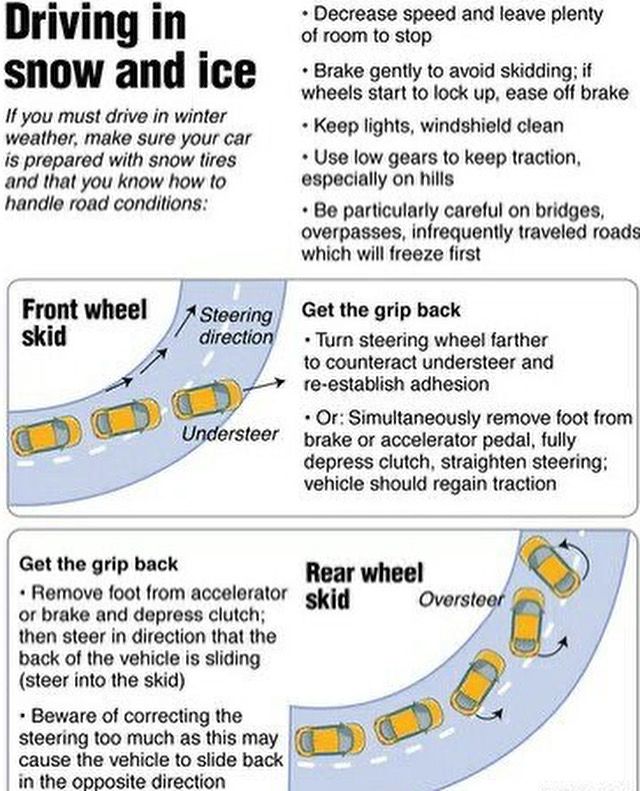 A good rule of thumb is that if you're consistently able to see your breath, it's time to mount winter tires.
A good rule of thumb is that if you're consistently able to see your breath, it's time to mount winter tires.
Want to reduce waiting time at the auto shop? Have a technician mount your winter tires on another set of wheels that meet vehicle specifications (don't forget about the sensors for a Tire Pressure Monitoring System if your vehicles is so-equipped). Then, just change out the tire/wheel assemblies for the season - it's much easier than mounting and un-mounting tires every year!
Winter tires are designed for optimum performance in winter conditions while summer and all-season tires are designed for summer performance. Driving on winter tires in the warmer months is not what they are designed for and can cause the tires to wear out faster.
No matter what kind of tires you drive on, be mindful of wintery road conditions and the possibility of encountering surfaces that are more slippery than others.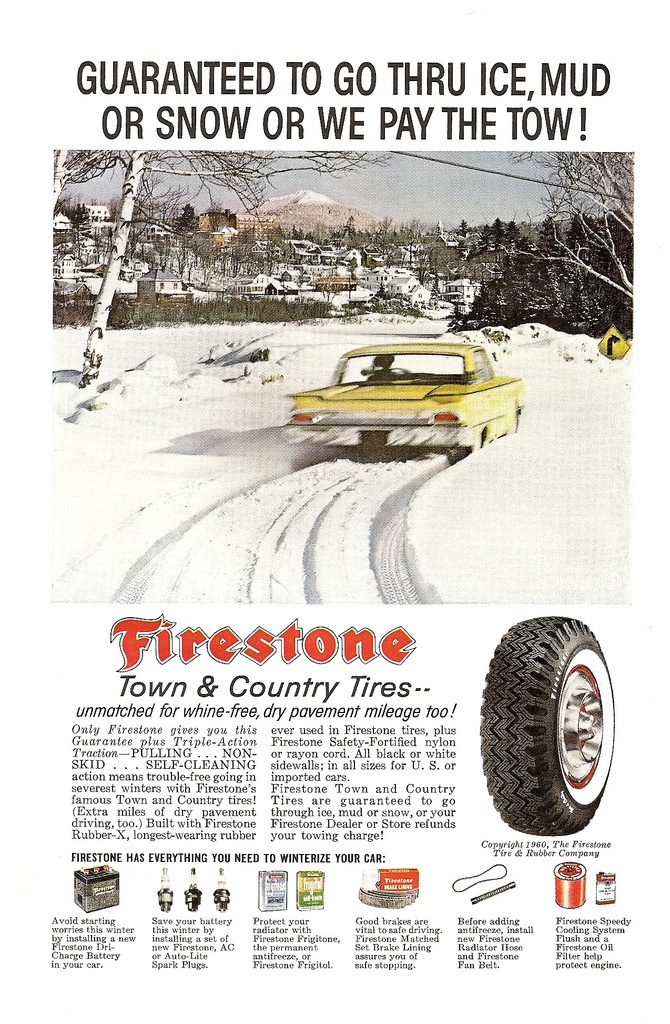 It is always best to slow down and give yourself more time to get where you want to go. Making snow tire installation a seasonal habit also helps improve safety on the road. If you encounter snowy, icy and slushy conditions each year, a full set of winter tires isn't just a matter of convenience - it's a precaution that could prevent an accident.
It is always best to slow down and give yourself more time to get where you want to go. Making snow tire installation a seasonal habit also helps improve safety on the road. If you encounter snowy, icy and slushy conditions each year, a full set of winter tires isn't just a matter of convenience - it's a precaution that could prevent an accident.
Even with the best snow tires on the market, changing temperatures affect their ability to grip the road's surface. Listen to the pros, and know what to expect when the thermometer drops.
Learn More
Get familiar with your tire pressure gauge – you’re going to need it through the winter months. Find out why from a Bridgestone Winter Driving School Pro.
LEARN MORE
Is it time to put on winter tires? Is it possible to do it yourself? How and where is it better to store the second set of wheels? We answer these and other questions related to changing the car's shoes for the winter.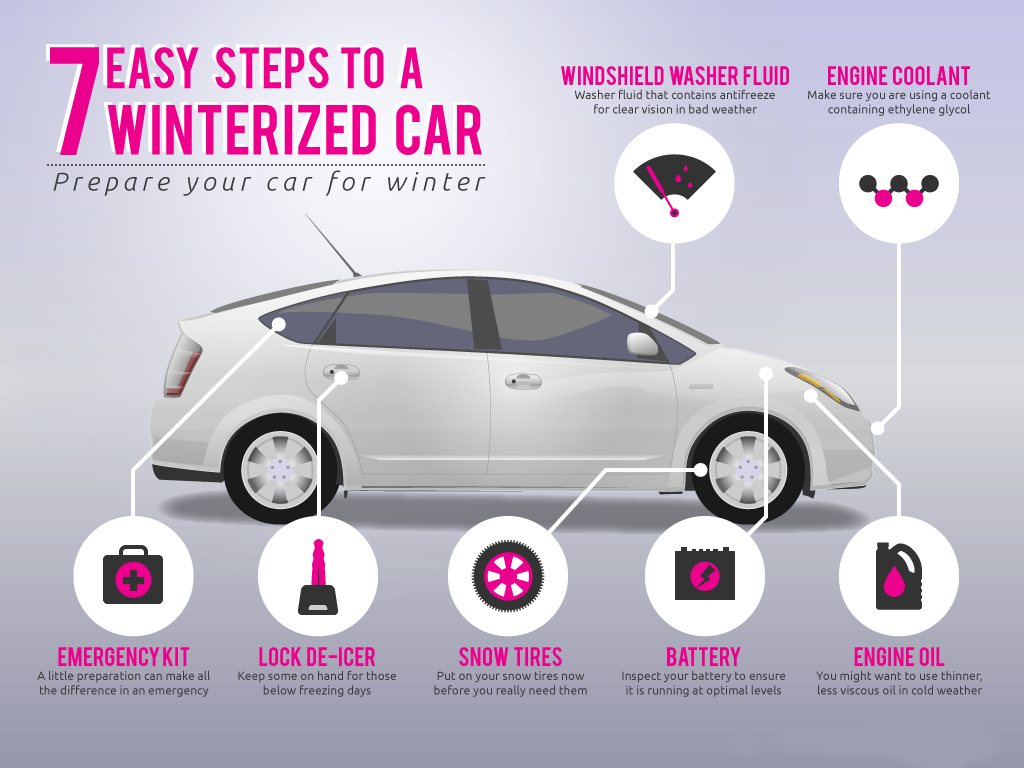
A class above: 3 chips of a rare Hyundai motor
From the beginning of December to the end of February, the Technical Regulations (clause 5.5 of TR TS 018/2011) allow the use of a car only on winter or all-season tires (and also prohibits studs from early June to late August). At the same time, the Code of Administrative Offenses of the Russian Federation does not provide for liability for violation of the Technical Regulations. And these requirements are still not included in the Rules of the Road (see the SDA of the Russian Federation, “Basic provisions for the admission of vehicles for operation ...”, clause 5.5) - which means that there is no fine for shoes out of season yet.
The specified periods of use for studded and summer tires are currently only recommendations.
This will change everything! Traffic police fines will be tied to real wages and pensions 2 sets of wheels or overboarding - which is more profitable?
Tire specialists recommend changing the car's shoes for the winter when the average daily temperature is below +5 . .. + 7⁰С, or on the eve of the first ice. Some cars themselves will tell you when it is time to put on winter tires - an indicator in the form of a “snowflake” will appear on the instrument panel, warning of possible road icing.
.. + 7⁰С, or on the eve of the first ice. Some cars themselves will tell you when it is time to put on winter tires - an indicator in the form of a “snowflake” will appear on the instrument panel, warning of possible road icing.
Winter tires for crossovers: choose the best and inexpensive
Having studied the history of weather in the Moscow region over the past 5 years, we came to the conclusion that in these years it would be optimal to change tires in the twentieth of October. For example, here are the first days with negative temperatures in Moscow over the past few years:
And here are the recommended dates for changing shoes for different parts of Russia. Take a look at the list - for sure, you will find your city or one that is nearby. The same dates can be taken as a guide for 2022.
If you live in central Russia and don't want to risk waiting for the real winter to come, then change your shoes in late October - early November.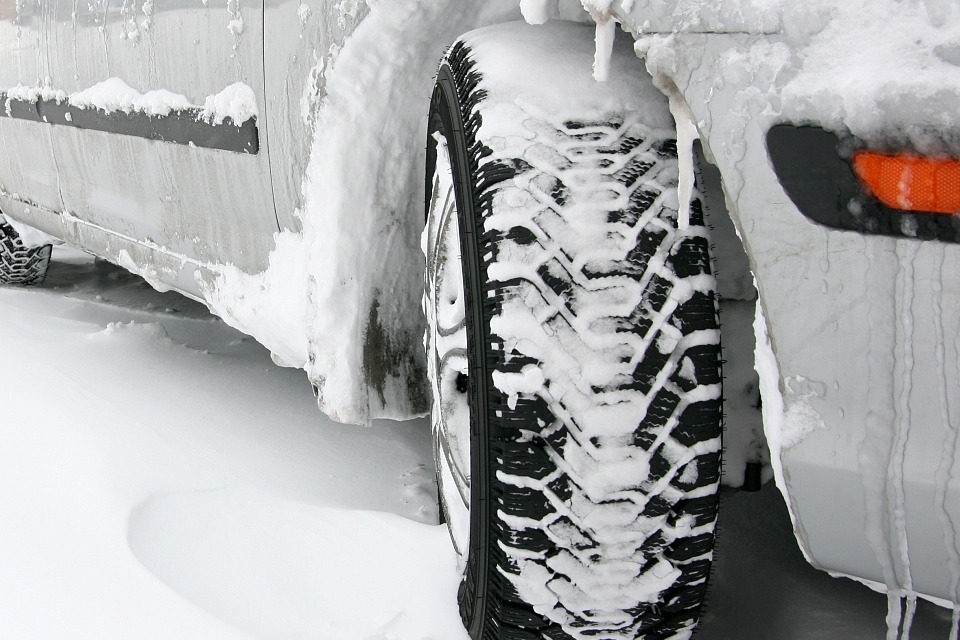
It is better to hang the complete wheels by the discs or fold them horizontally on top of each other, having previously lowered them to 1 atm. Tires without discs have a place on the rack. Stand them upright side by side.
Proper storage will help your tires stay in shape until next season.
This is how the tires should be stored vertically when removed from the rims. We hang the tires on the disks, or stack them in a pile on top of each other.
8 studded tires: ice test
Park the vehicle on level ground. Tighten the handbrake, turn on the first gear on the "mechanics" or the parking mode in the machine. Install wheel chocks if possible. Remove the tool and loosen the bolts (nuts) half a turn.
Raise the car with a jack until the tire is 1-2 cm off the road. Unscrew and change the wheel.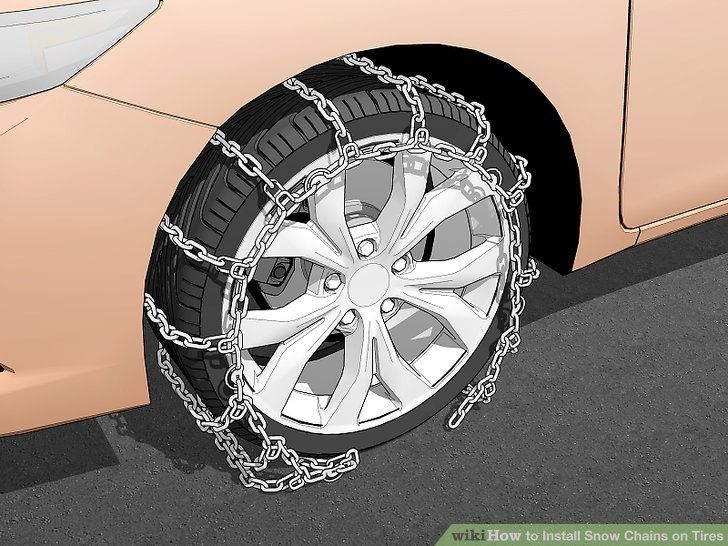 Tighten the bolts (nuts) and tighten them securely, but without fanaticism - you don’t need to jump on the “balloon”.
Tighten the bolts (nuts) and tighten them securely, but without fanaticism - you don’t need to jump on the “balloon”.
For more information about changing wheels, see your owner's manual.
Change shoes, but cheaper! 6 ways to save money on tire fitting
Photo: depositphotos.com, Michelin, publicly available
Did you like the note? Subscribe and stay up to date!
Driving in Zen
General recommendations on when to change tires for summer tires are as follows - when the average daily temperature rises more than +5 С° . In such conditions, the mixtures from which summer tires are made are already beginning to “work”, that is, they can fully perform their functions. At the same time, in comparison with winter tires, summer tires save their owner not only fuel, but also a resource. After all, they are heavier and wear out more strongly at positive temperatures.
In such conditions, the mixtures from which summer tires are made are already beginning to “work”, that is, they can fully perform their functions. At the same time, in comparison with winter tires, summer tires save their owner not only fuel, but also a resource. After all, they are heavier and wear out more strongly at positive temperatures.
Does this mean that tires should be changed as soon as the snow melts? No! It is important to be patient and0101 wait not only for a steady “plus” in the afternoon , but for the absence of night (and sometimes daily) short-term frosts that are quite possible in our climate. In this sense, as they say, it is better to "move".
This is especially true for those who travel on rural secondary roads (and icy yards). For city streets and highways from the highway are actively treated with anti-icing reagents.
Technical regulation of the Customs Union "On the safety of wheeled vehicles" 018/2011, in particular paragraph 5.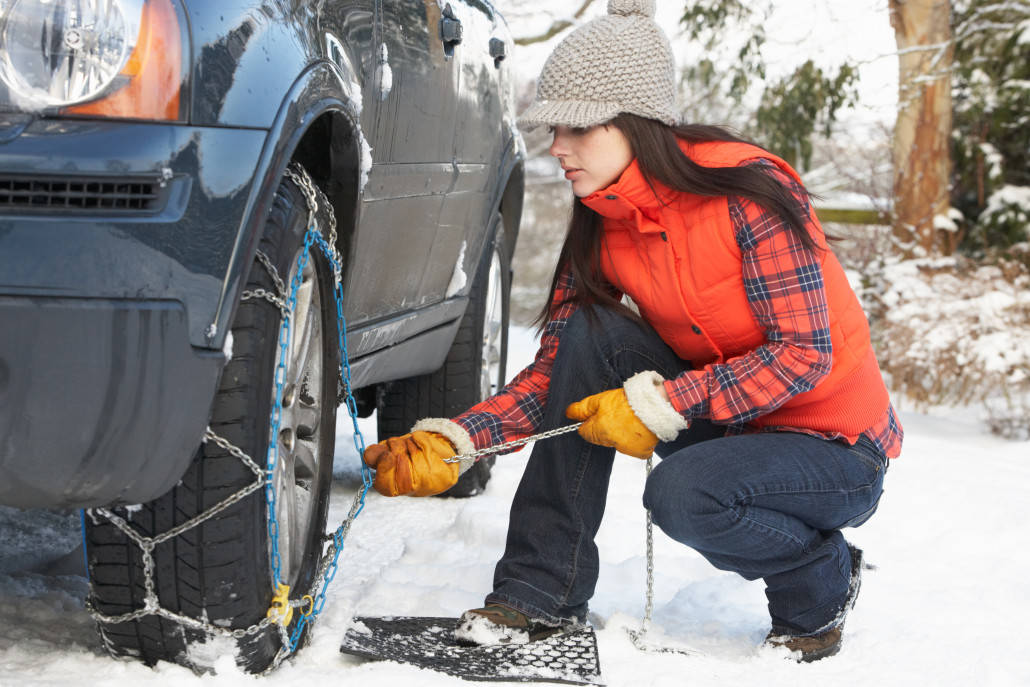 5, prescribes:
5, prescribes:
“It is forbidden to operate vehicles equipped with tires with anti-skid studs during the summer period (June, July, August).
Vehicles not equipped with winter tires that meet the requirements of paragraph 5.6.3 of this annex during the winter season (December, January, February) are prohibited. Winter tires are installed on all wheels of the vehicle.
The terms of the prohibition of operation may be changed upwards by the regional government bodies of the member states of the Customs Union.»
Formally, following the letter of the law, only owners of studded tires are obliged to change winter tires to summer tires in 2023, and only with the onset of June. However, taking into account the increased wear of winter tires at positive temperatures, higher fuel consumption and mediocre braking performance, it is better to change shoes from winter to summer in a timely manner. Cars equipped with studless winter tires can be used all year round. But, for the reasons described above, I do not recommend doing this.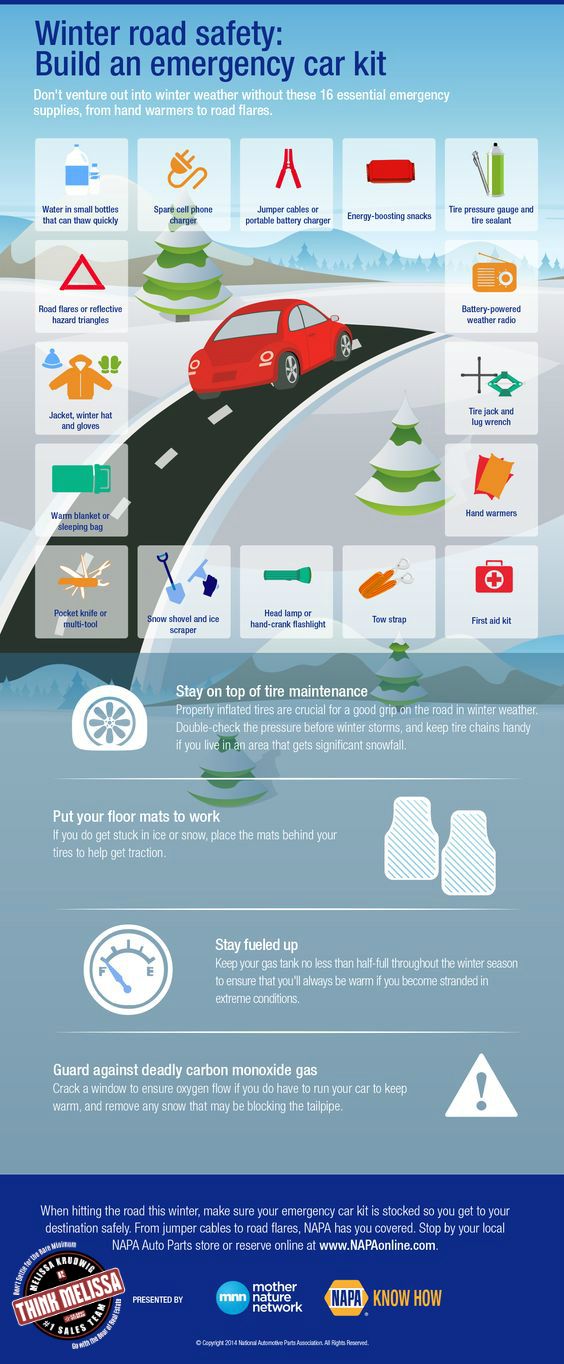 The author of these lines had a sad experience. Wheels with a 5-6 mm tread remaining were worn out almost over the summer. At the same time, the car noticeably “floated” at speeds of more than 100 km / h and an outboard temperature of more than +20 C. Of course, the sensations will be different from the control of the “fours” of the Zhiguli and BMW. A good car eliminates the negative consequences of using tires that are inappropriate for the season. But according to my personal feelings, properly selected tires allow not only to ensure safety, for example, on the same "seven" from AVTOVAZ, but to fully reveal the potential of the S7 from AUDI, charged with more than 400 horsepower.
The author of these lines had a sad experience. Wheels with a 5-6 mm tread remaining were worn out almost over the summer. At the same time, the car noticeably “floated” at speeds of more than 100 km / h and an outboard temperature of more than +20 C. Of course, the sensations will be different from the control of the “fours” of the Zhiguli and BMW. A good car eliminates the negative consequences of using tires that are inappropriate for the season. But according to my personal feelings, properly selected tires allow not only to ensure safety, for example, on the same "seven" from AVTOVAZ, but to fully reveal the potential of the S7 from AUDI, charged with more than 400 horsepower.
But back to the timing of the replacement. In a more southerly warmer region, the authorities may ban the use of winter tires, for example, from March to November. Or in the northern regions - to prescribe the use of winter tires from September to May. At the same time, the authorities at the regional level cannot limit the duration of the ban in force on the "union" territory: from December to February, cars throughout the territory of the Customs Union must use only winter tires, and from June to August - only summer tires.
Thus, if we proceed strictly from the terms specified in the Technical Regulations, we get:
There is still a lot of controversy surrounding the statement: “It is better to have complete wheels than to have tires replaced every season”! Deformation of the onboard zone and sidewall cord is possible. In theory, it’s true - it’s cheaper, easier and more useful to change the wheels as an assembly: when the tire is mounted on the wheel (in everyday life - “disk”). In practice, my more than 20 years of experience and my friends (6-7 seasons already) have shown that nothing criminal happens with tires if tire fitting employees have the necessary and sufficient experience. By the way, did you use such a convenient service as an on-site tire fitting this season? Please write in the comments about your experience. Many, I think, will be interested. After all, this not only saves precious time, but also allows you to maintain health by storing the wheels "in stock" of the service provider.